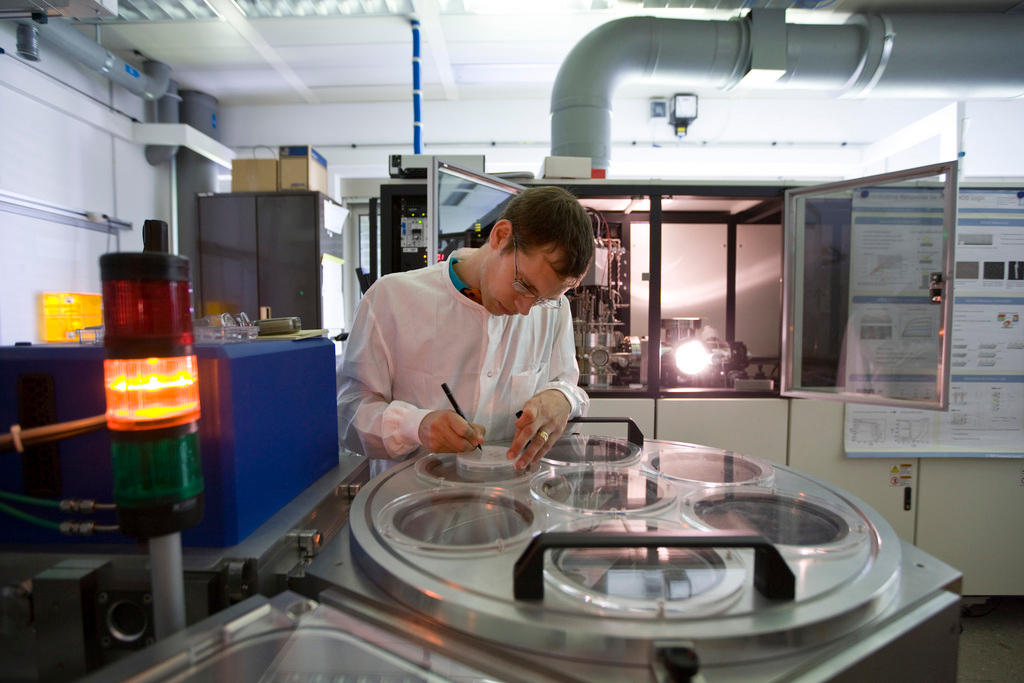Switzerland takes top spot in global open access ranking

With 39% of publicly and privately funded research publications freely accessible, Switzerland occupies the top spot in a comparison of EU member states and G8 countries, as well as their main international partners.
According to the report, compiled by the European Commission (EC)External link, Croatia and Estonia came in second and third, respectively, exceeding the global average of 30%.
The EC study is based on an analysis of publications in the Scopus databaseExternal link between 2009 and 2016. More than 220,00 scientific publications produced in Switzerland were included in the study, which covers all academic disciplines.
According to a Swiss National Science Foundation (SNSF) statementExternal link released on July 31, approximately 50% of SNSF-funded publications from 2011-2017 are freely accessible. The aim is to reach 100% open access for SNSF-funded research by 2020 in line with the Amsterdam Call for Action on Open Science.External link
What is open access?
Open access to scientific research refers to the possibility to freely access research publications. There is broad consensus that by allowing access and reuse of publications, data, code and other preliminary outputs, scientific productivity grows, scientific misconduct becomes rarer, and more discoveries are made. Switzerland has actively promoted open access following the signing of the Berlin Declaration on Open Access to Knowledge in the Sciences and HumanitiesExternal link in 2006.
Green and gold models
The European Commission study distinguishes between two open access routes. The green road refers to initial payment for access followed by archiving in an open access repository at a later stage, while the gold road is immediate open access. The green road is the prevailing trend globally but declined slightly between 2009 and 2016; gold road publications increased three-fold in the same period.
Most open access publications in Switzerland – around 29% – follow the green road compared to just under 11% for the gold road.
According to the study authorsExternal link, the transition to open access has been slow due to a range of factors including funders’ mandates, journal policies, researcher attitudes, and costs. Open access publication has increased by 10 percentage points in the last seven years, according to the study. The authors expect to add new trends and indicators for monitoring open access as the fast-moving field of open science evolves.

In compliance with the JTI standards
More: SWI swissinfo.ch certified by the Journalism Trust Initiative












You can find an overview of ongoing debates with our journalists here . Please join us!
If you want to start a conversation about a topic raised in this article or want to report factual errors, email us at english@swissinfo.ch.